- Home
- Furnishings Appliances Hospitality
- Fitness Sports Recreation
- Pool Spa Equipment
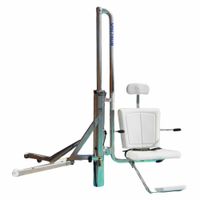
ADA Pool Lifts
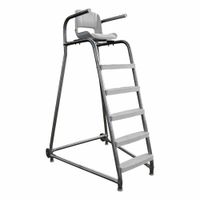
Lifeguard Chairs & Equipment
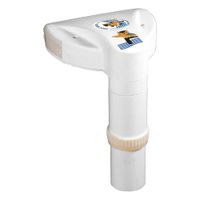
Pool Alarms, Sensors & Thermometers
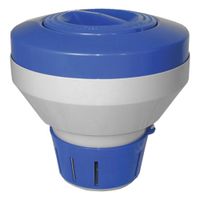
Pool Chemical Dispensers
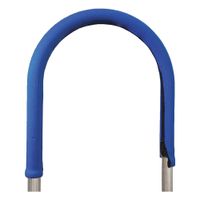
Pool Grab Bars & Stair Rails
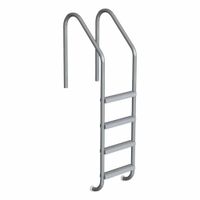
Pool Ladders & Steps
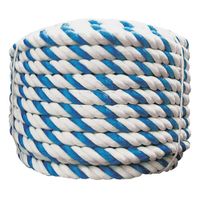
Pool Reels, Ropes & Floats
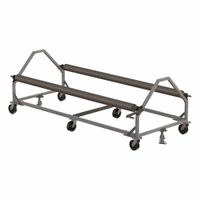
Pool Reel Winder Storage Systems
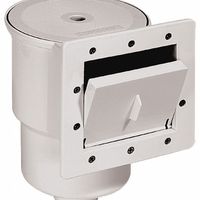
Pool & Spa Lights & Filters
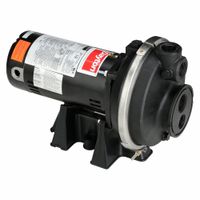
Pool & Spa Pumps & Strainers
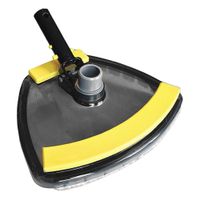
Pool & Spa Vacuums & Components
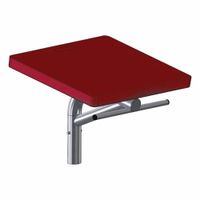
Pool Starting Blocks
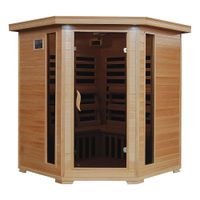
Saunas
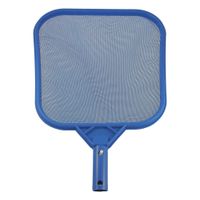
Skimmers, Brushes & Rakes for Pools & Spas
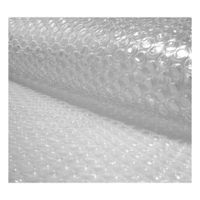
Solar Pool Blankets
Frequently Asked Questions
What is the best way to maintain pool water quality?
How do I choose the right pool pump for my pool size?
What are the benefits of using a pool cover or solar blanket?
How often should I test and adjust pool chemical levels?
What are the advantages of using a pool vacuum over manual cleaning?
How do ADA pool lifts work and what are their benefits?
What is the most effective way to heat a pool or spa?